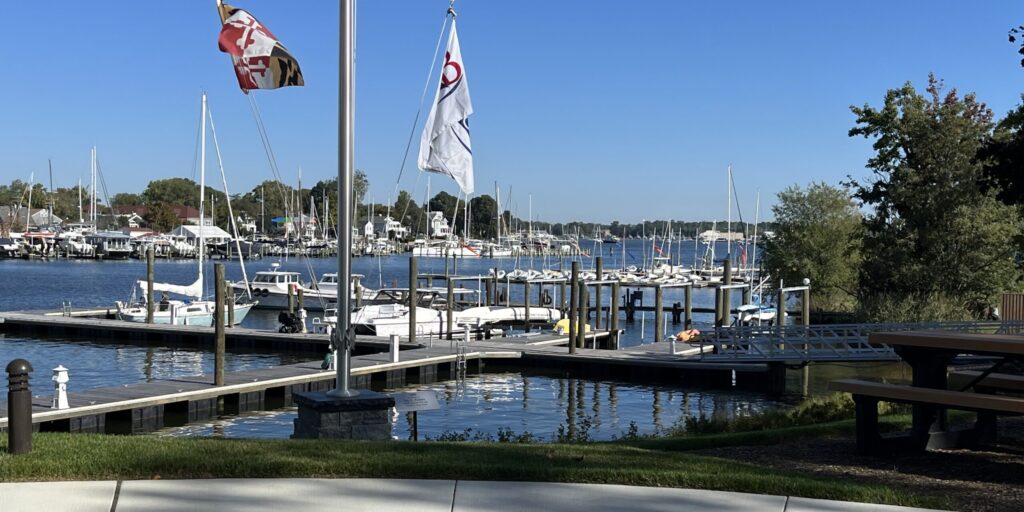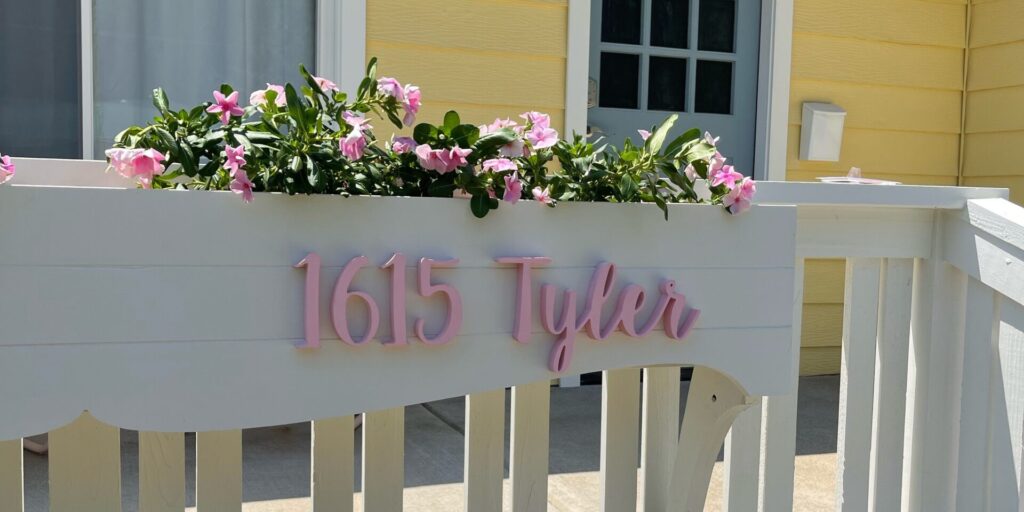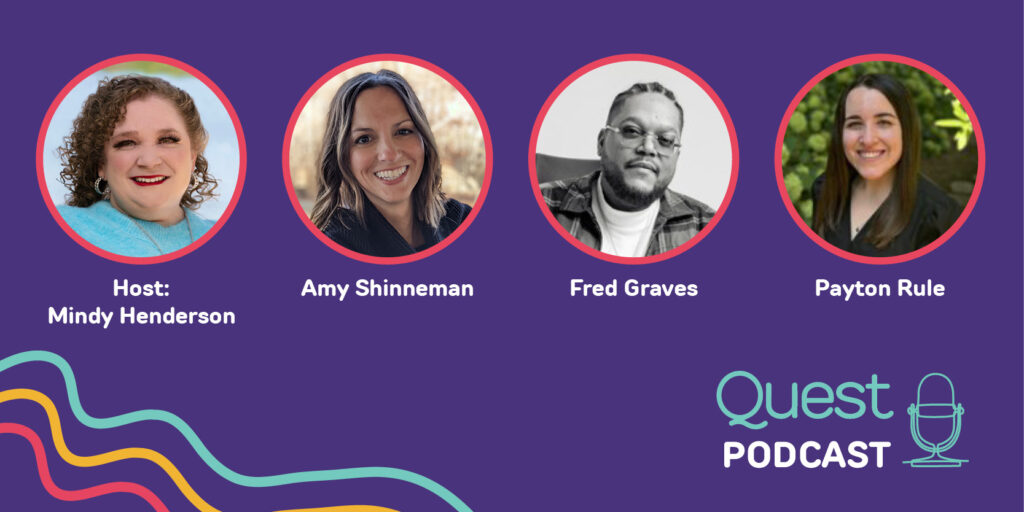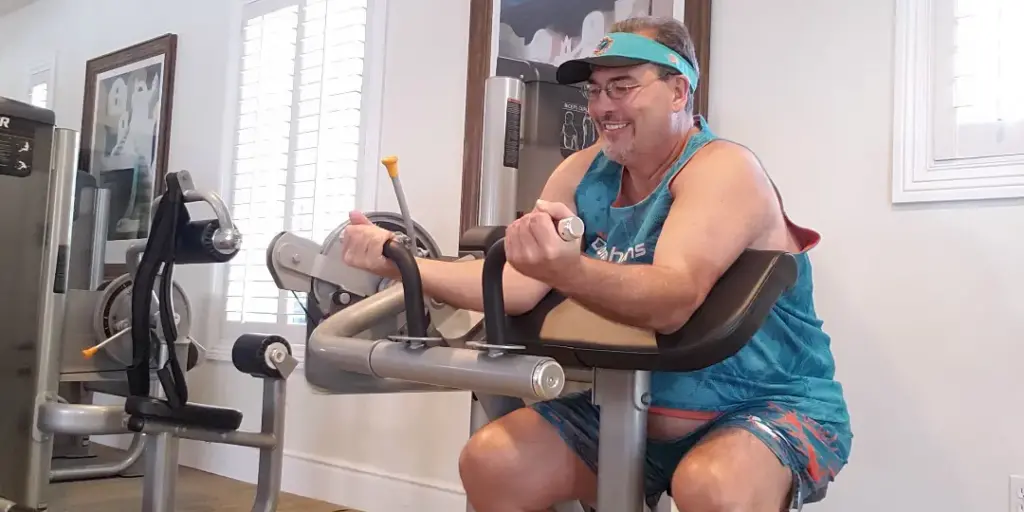
Is Alternative Medicine Safe for Neuromuscular Disease Symptoms?
By Myrna Traylor | Monday, February 5, 2024
People living with neuromuscular diseases depend on conventional medicine for everything from diagnosis to drug prescriptions to physical therapy. However, many people have begun working with their physicians to safely pursue complementary or alternative medicine to help relieve some symptoms. These therapies may be based on Western methods — such as chiropractic — or Eastern traditions — such as acupuncture, which originated in China, or Ayurveda, a traditional wellness practice from India.
For many years, Western-trained physicians were skeptical about other treatment methods and feared that certain practices might cause harm. Patients who wanted to try alternative treatments often didn’t discuss it with their doctors.
Now, many physicians are more open to the possibility that alternative therapies could benefit their patients, and individuals living with neuromuscular diseases who have tried them are eager to discuss their experiences with their doctors and each other.
Reducing swelling
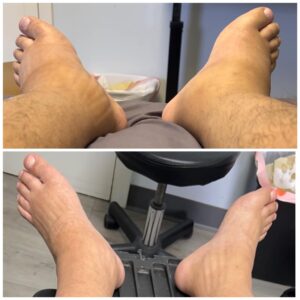
Jose Flores took pictures of his feet before and after lymphatic drainage massage.
Jose Flores lives with spinal muscular atrophy (SMA) in Ft. Lauderdale, Florida. Because he is seated in his power wheelchair all day, fluid builds up in his legs, a condition called lymphedema.
“My ankles were always getting super swollen,” Jose says. “Every time I went to the doctor, they would say, ‘There’s nothing we can do.’ About seven months ago, I got a new primary care physician, and she referred me for lymphatic drainage massage.”
Jose went to LymphaTx in South Florida and began working with owner and certified lymphatic therapist Pamela Cohen, who recommended a program beginning with combined decongestive therapy.
“The components of combined decongestive therapy start with manual lymph drainage massage, which is a very light skin stretch manual technique that stimulates the lymphatic system to work more efficiently,” Pamela explains. “We examine and care for the skin and do remedial exercises to try to simulate the pumping action that functioning muscle would do to assist with lymphatic circulation. Then we fit for compression garments.”
“They wrapped my toes, feet, and ankles all the way up to two inches below my knees. I saw results the next day,” Jose says.
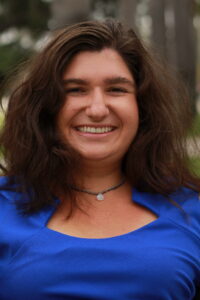
Lyza Weisman tried a few alternative therapies for chronic pain.
Addressing pain
Lyza Weisman of Los Angeles also lives with SMA. She experiences chronic pain due to severe adhesive arachnoiditis, an inflammation of one of the membranes surrounding the spinal cord.
Lyza has tried acupuncture and massage in the past but didn’t get any pain relief. She recently learned of a treatment called body stress relief.
“It is completely noninvasive,” Lyza says. “You don’t even have to undress. You just lie on a table, and they work on pressure points in your back or other parts of the body. It’s about getting your body to release and try to loosen up the muscles.”
She describes the experience as a combination of acupuncture, chiropractic, and massage. “It’s really interesting because you have an emotional response to it, too,” she says. “It releases stress and trauma. I think it helped relieve some of my tremors.”
Lyza’s neurologist has been supportive because the treatment is doing such a good job of relieving her pain.
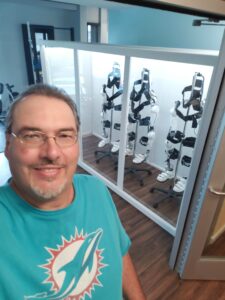
Using the HAL hybrid assistive limb technology helps Dwayne maintain mobility.
Enhancing exercise
Dwayne Wilson, who lives with Pompe disease in Irvine, California, is following a doctor-prescribed nutrition routine and nighttime breathing assistance from a bi-level positive airway pressure (BiPAP) machine.
He also gets benefits from walking laps in a pool and spending time in a hot tub. With Pompe, he has to gauge his exercise carefully because some activity helps him maintain function, but too much can further damage his muscles.
“I’ve gone to different physical therapy places to find something that works for me,” Dwayne says. “Last May, one of the physical therapists mentioned this new technology called HAL—hybrid assistive limb. It’s an exoskeleton that you use to help retrain your body and mind. I started doing physical therapy with this exoskeleton for my lower body once a week to see how it would work. I feel like Iron Man at times. It has really helped my balance and mobility.”
Correcting posture
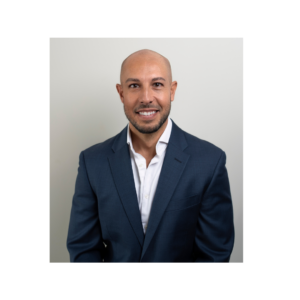
Chiropractor Dan O’Leary, DC, works with patients with Duchenne muscular dystrophy.
Dan O’Leary, DC, a chiropractor and owner of Jax Natural Healing in Jacksonville, Florida, has treated patients with Duchenne muscular dystrophy (DMD).
It’s common for patients with neuromuscular disorders to use wheelchairs due to progressive muscle weakness. They also may have tight and contracted muscles. “Because of that, they may be pulled into scoliosis or some kind of postural distortion,” he says. “That’s what chiropractors are highly trained to treat — the musculoskeletal system.”
Dan advises people with neuromuscular diseases to approach a visit to a chiropractor as they would a conventional doctor. “There may be misconceptions that all chiropractors are going to crack the spine, but we are going to do a proper exam to make sure that it’s safe for the patient to be treated, only treat the areas that need it, and make sure that we’re safe and gentle,” he says.
In addition to using his hands to make adjustments, Dan uses high-tech tools, including a laser that directs light into tissues. This helps increase blood flow to muscles and ligaments and reduce inflammation and pain. Shockwave therapy uses sound waves to cause a slight inflammation that the body then sends more resources to help heal. Patients have told him they get almost immediate relief with each type of treatment.
Choose carefully
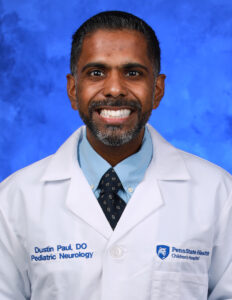
Dustin Paul, DO, often talks with patients and caregivers about alternative therapies to supplement their standard care.
Dustin Paul, DO, is a pediatric neurologist and co-director of the MDA Care Center at the Penn State College of Medicine in Hershey, Pennsylvania. In addition to being a pediatric neuromuscular specialist, he has a personal history with alternative medicine.
“I’m Indian, and my father had an Ayurvedic clinic,” he says. “I’m well versed in lots of different forms of alternative therapies.”
He often has conversations with patients and caregivers who are looking for alternative therapies to supplement their standard care. “As osteopathic physicians, we are trained in the holistic care of patients and families to include mind, body, and spirit,” he says. “Alternative medicine is a complementary modality for some families.”
While he supports the use of alternative therapies, he also urges some caution. For those with neuromuscular diseases, it’s important to choose a therapy that is appropriate for their condition and inform the practitioner about their disease and any specific concerns.
Anybody considering an alternative therapy should discuss it with their neuromuscular care team to ensure they are aware of special concerns or potential complications with their condition.
For example, many people with neuromuscular diseases develop osteoporosis, which makes bones fracture more easily. “Avoid any of the high-velocity chiropractic maneuvers for the spine,” Dr. Paul advises. “I also steer my patients away from cupping if they’re wheelchair-bound and not ambulating because there is a higher risk for blood clots.” Cupping therapy involves applying cups to the skin to create a suction that draws blood to the affected area.
“I would say that there is a role for alternative therapies in neuromuscular diseases,” Dr. Paul says. “Some healthcare providers are well-versed in these therapies, but if not, individuals and caregivers can seek out information on other modalities that could help alleviate their symptoms.” They can then discuss that information with their providers.
Next Steps and Useful Resources
- Stay up-to-date on Quest content! Subscribe to Quest Magazine and Newsletter
TAGS: Featured Content, Healthcare, Staying Active
TYPE: Blog Post
Disclaimer: No content on this site should ever be used as a substitute for direct medical advice from your doctor or other qualified clinician.


